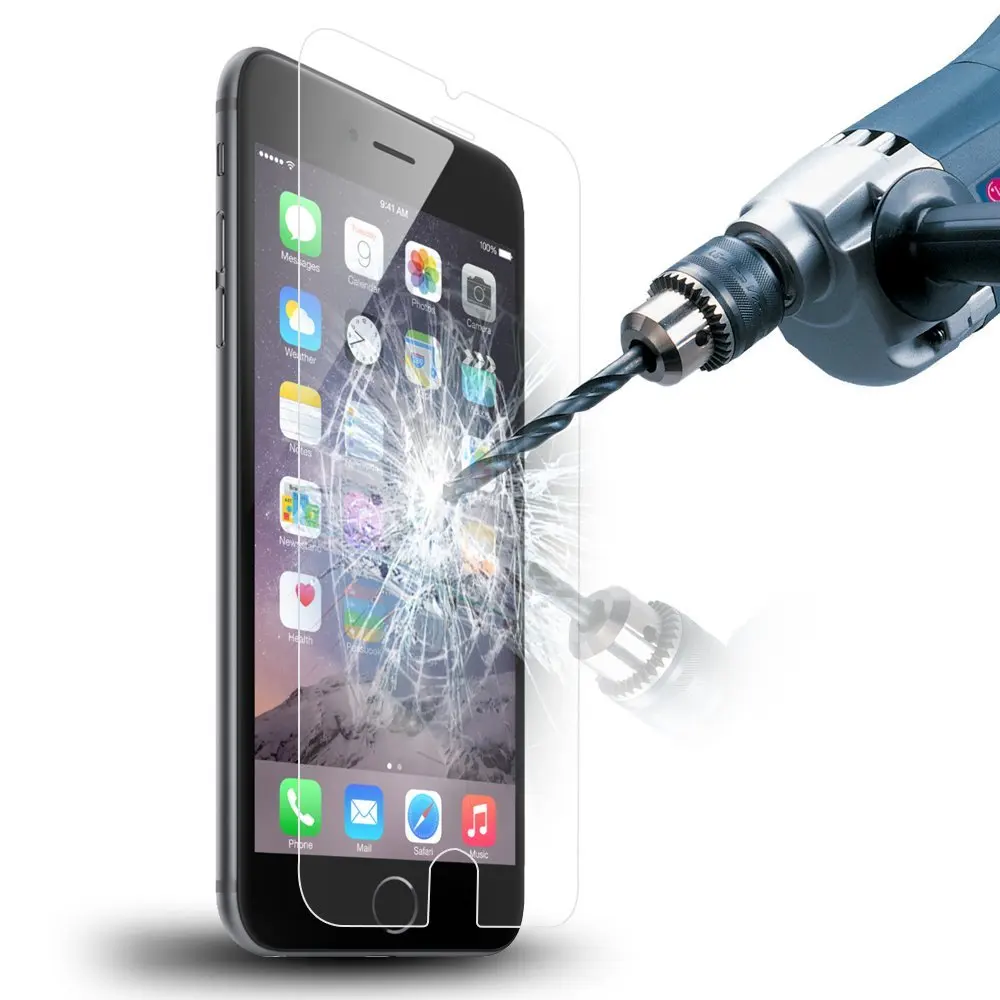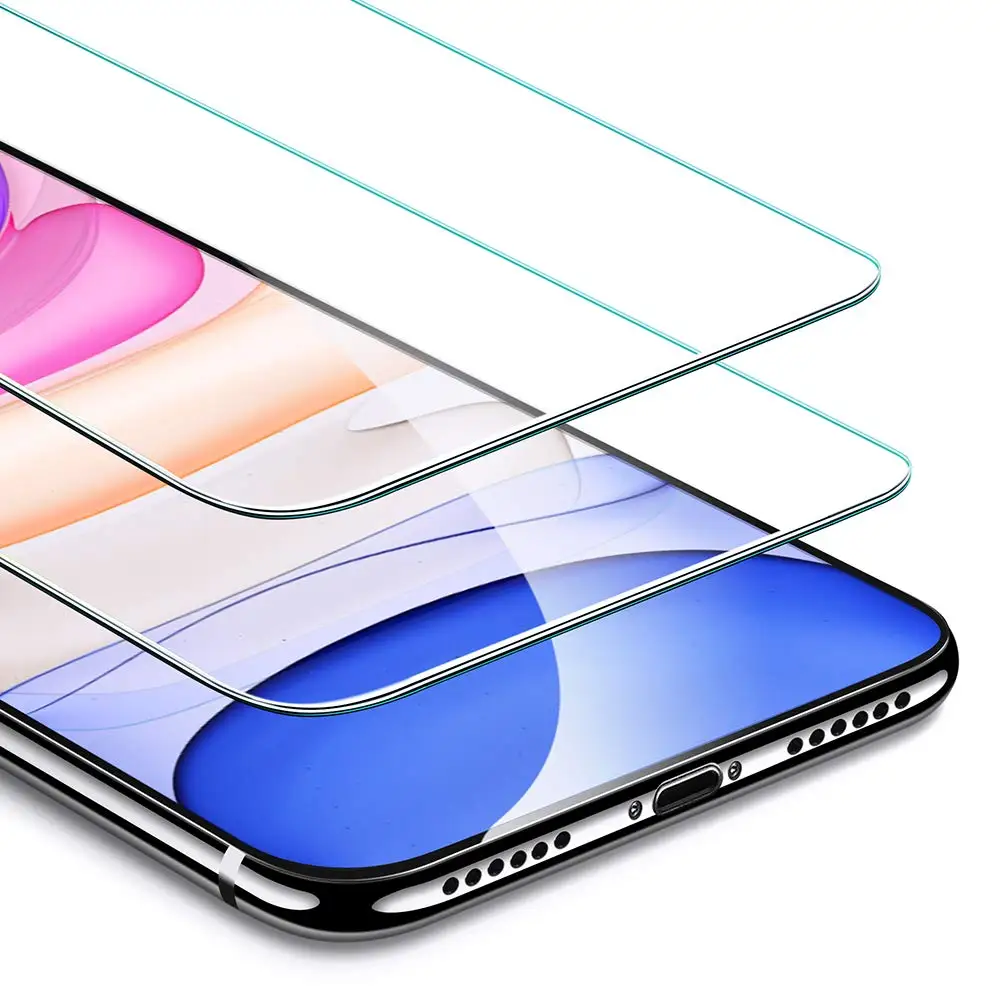Protection for phone screen: 6 best screen protectors in 2023, according to experts
6 best screen protectors in 2023, according to experts
Even if you’re the most careful person when it comes to your tech, accidents happen — and seeing a crack on your phone screen after a particularly hard fall can be the difference between a good day and a disastrous one. A good quality phone case can only do so much to help you avoid this fate, and most cases will leave your glass screen vulnerable to damage.
SKIP AHEAD Should you get a screen protector? | How to shop for a screen protector
Experts told us screen protectors are an affordable way to prevent screen cracking or shattering when you drop your phone. To help you choose the right screen protector for your phone, no matter which brand or model you have, we consulted a variety of tech experts on the differences in materials, features and application methods for the various protectors available.
Experts like Arthur Zilberman (president of tech repair company Laptop MD), Mac Frederick (owner of Phone Repair Philly), Sean Agnew (a professor of materials science and engineering at the University of Virginia) and Sagi Shilo (editor at Tech Gear Talk) shared their favorite screen protectors for various types of smartphone models.
The best screen protectors to shop in 2023
Since we don’t test screen protectors ourselves, we rely on expert guidance about how to shop for them. The tech experts we interviewed — Zilberman, Frederick, Agnew and Shilo — recommended each of the following glass screen protector brands and products. Their listed features align with our research, and each one is highly rated.
Best all-around screen protector: Spigen
Spigen iPhone 13/13 Pro/14 Screen Protector EZ FIT GLAS.tR
Spigen was a top brand recommended by our experts. Zilberman noted the Spigen EZ Fit tempered glass screen protector is case-friendly and affordable for the quality. He added that its ease of installation also makes it worth considering: It includes an alignment tray that you place on top of your phone screen and press down on to secure the glass in place. You get two screen protectors with each purchase, in case you ever need to replace the first one.
Spigen offers the EZ Fit screen protector for the iPad, Apple Watch and all iPhone models (including the latest iPhone 14 series).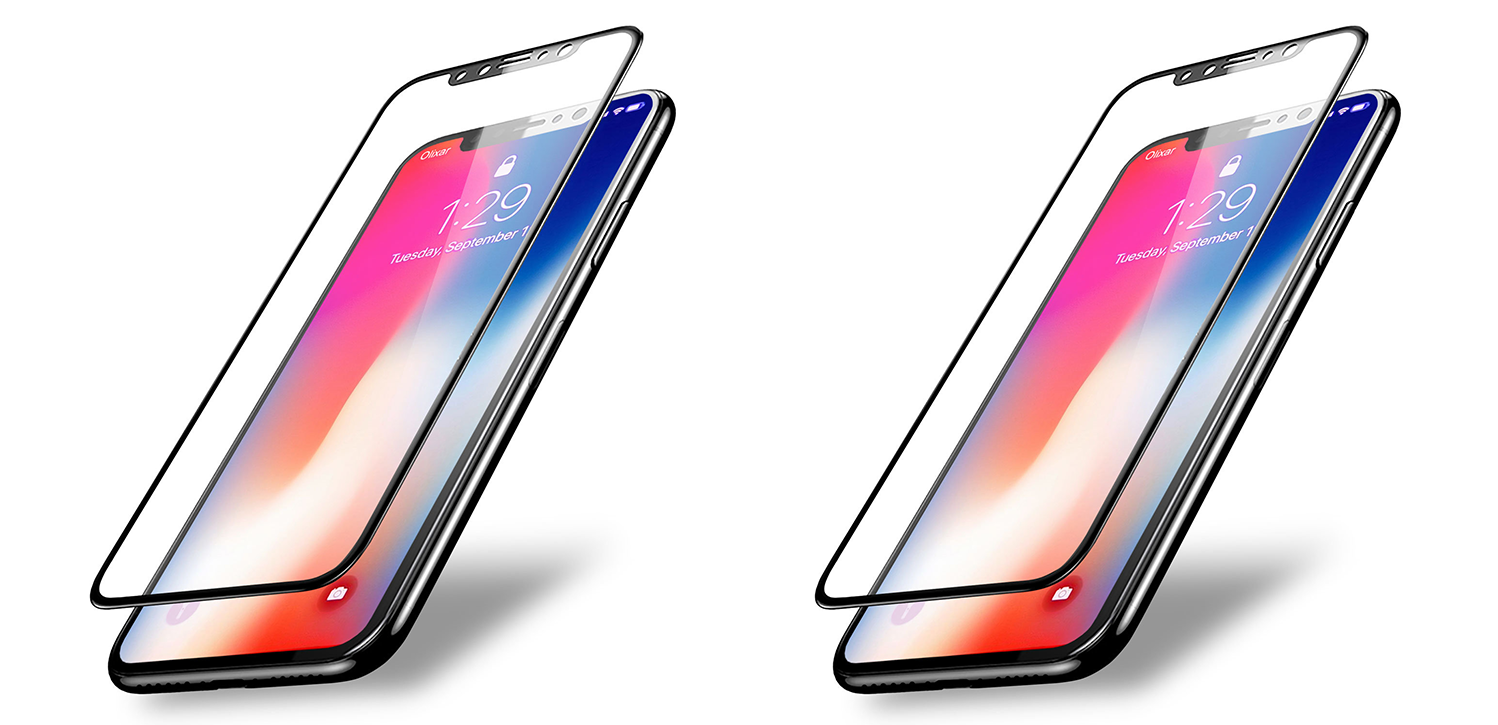
Best affordable screen protector: Ailun
Ailun Glass iPhone 14/iPhone 14 Pro Screen Protector
If you’re looking for a relatively affordable option, Zilberman recommended this tempered glass screen protector from Ailun, which works for the new iPhone 14 as well as the iPhone 14 Pro. It features a clear, water-resistant and oleophobic (or oil-resistant) screen coating that protects against sweat and oil residue from your fingerprints, according to the brand. The box comes with three screen protectors — the downside is that the product includes guide stickers rather than an installation tray, so it may be a little trickier to get the product on your screen.
Ailun screen protectors are currently available for several devices, including Apple’s iPad, Samsung’s Galaxy devices, Amazon’s Kindle and more.
Best blue light filtering screen protector: ZAGG
ZAGG InvisibleShield Glass XTR2 for iPhone 13/13 Pro/14 Screen protector
ZAGG, which Frederick recommended due to its “price and value,” offers several durable tempered glass options through its InvisibleShield line, which is available for iPhone devices, Android devices, tablets, smartwatches and more.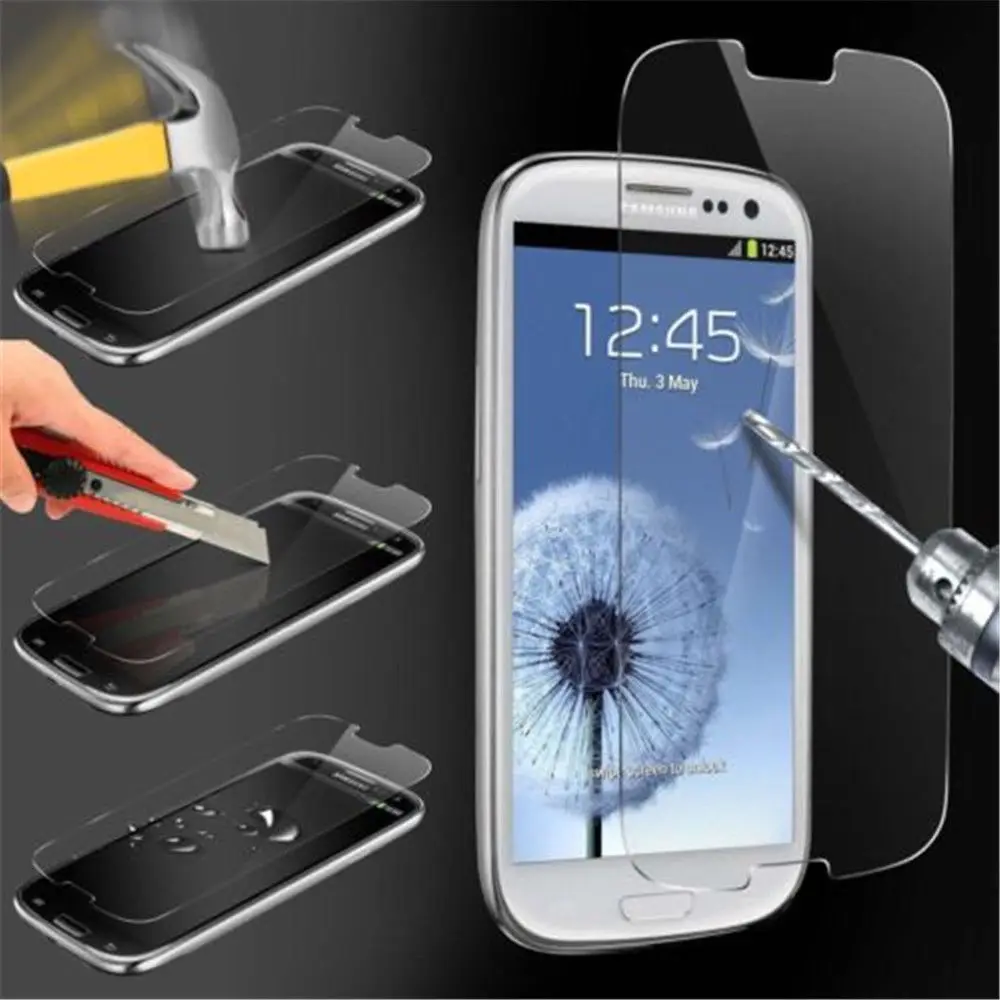
Best durable screen protector: Belkin
Belkin UltraGlass Treated Screen Protector for iPhone 14 Pro
Agnew noted this Belkin screen protector features a material called lithium aluminosilicate, which is the basis of some glass-ceramic products like shock-resistant cookware and glass-top ranges. The material is double-ion exchanged, meaning it “allows for extremely high levels of residual stress [to] offer great protection against cracking,” Agnew said. However, he added that like most screen protectors, this is not an indestructible product.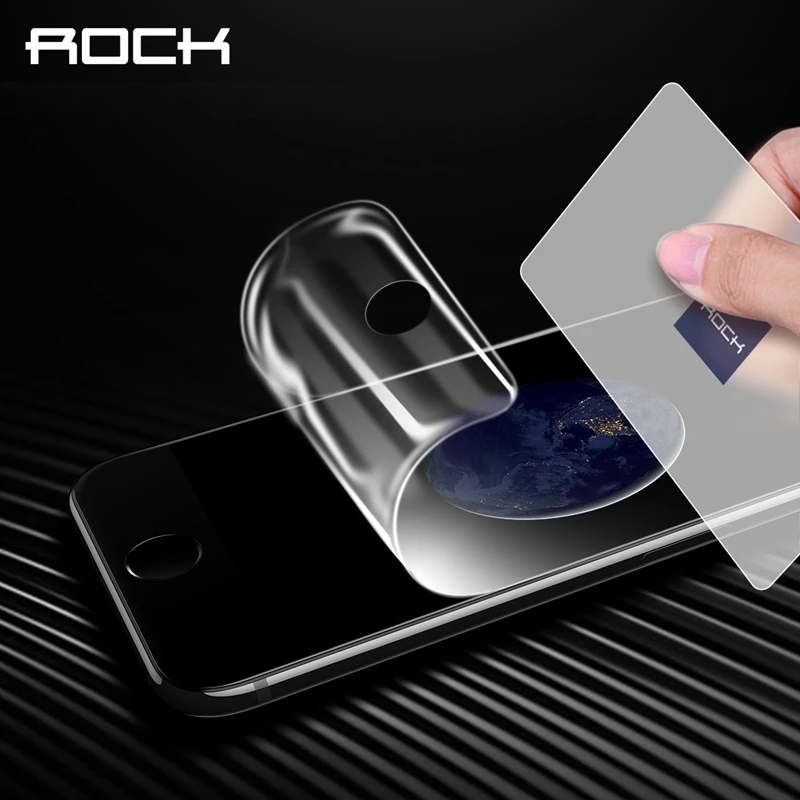
Belkin’s UltraGlass protector is available for a variety of iPhone iterations. Belkin offers several highly rated options across devices like Apple’s Macbook and Samsung’s Galaxy devices, too.
Best comfort screen protector: Supershieldz
Supershieldz 3-Pack Anti-Spy Screen Protector for iPhone 14 Pro
Frederick said Supershieldz is one of his favorite brands for tempered glass phone cases due to the products’ durability and affordability. This pack comes with three screen protectors, all of which are made with high-quality tempered glass. The screen protectors have rounded edges for comfort and feature an oleophobic coating that repels sweat and oil from your fingers, according to the brand.
Supershieldz’s tempered glass screen protectors are available for devices from Apple, Samsung, Google, LG and more.
Best privacy screen protector: ZAGG
ZAGG InvisibleShield Glass Elite Privacy 360 Screen Protector for iPhone 13/13 Pro/14
Privacy screen protectors can be a great option for people who conduct business on their phone or don’t want others to see what’s on their screen — and ZAGG provides several options to choose from across devices from Apple and Samsung.
Should you get a screen protector?
Scratching or damaging your screen is easier than you might think. If you carry your phone in your purse, backpack or pocket with change or keys, the screen “can easily get visible scratches from [those] hard surfaces,” which can “weaken the integrity of the original display and cause cracks more easily,” said Zilberman.
Experts told us screen protectors are the best way to minimize cracks in, scratches on or the shattering of your physical screen. While they vary in price, most aren’t terribly expensive: Plastic ones typically cost less than $15, while glass screen protectors range from around $10 to upward of $50.
Shilo noted it’s also worth investing in a good screen protector to avoid potentially shelling out hundreds of dollars to replace a broken display.
There are limitations to what a screen protector can do, though: “It isn’t going to cover every square millimeter of the glass display,” said Frederick. The protector also usually won’t protect the back, edges and corners of your phone — the experts we spoke to suggested pairing a screen protector with a heavy-duty case from brands like Otterbox or Lifeproof, preferably one with rubber edges that’ll absorb the impact of a drop and prevent damage.
“People forget that the back of many phones is made of glass, and are shocked at the cost of replacement once the back gets damaged,” said Shilo.
What to look for when shopping for a screen protector
When shopping for a screen protector, Shilo recommended looking at features like material, comfort and ease of installation. Zilberman noted that while you can get plenty of high-quality protectors at an affordable price, he doesn’t recommend sacrificing performance for a cheaper option.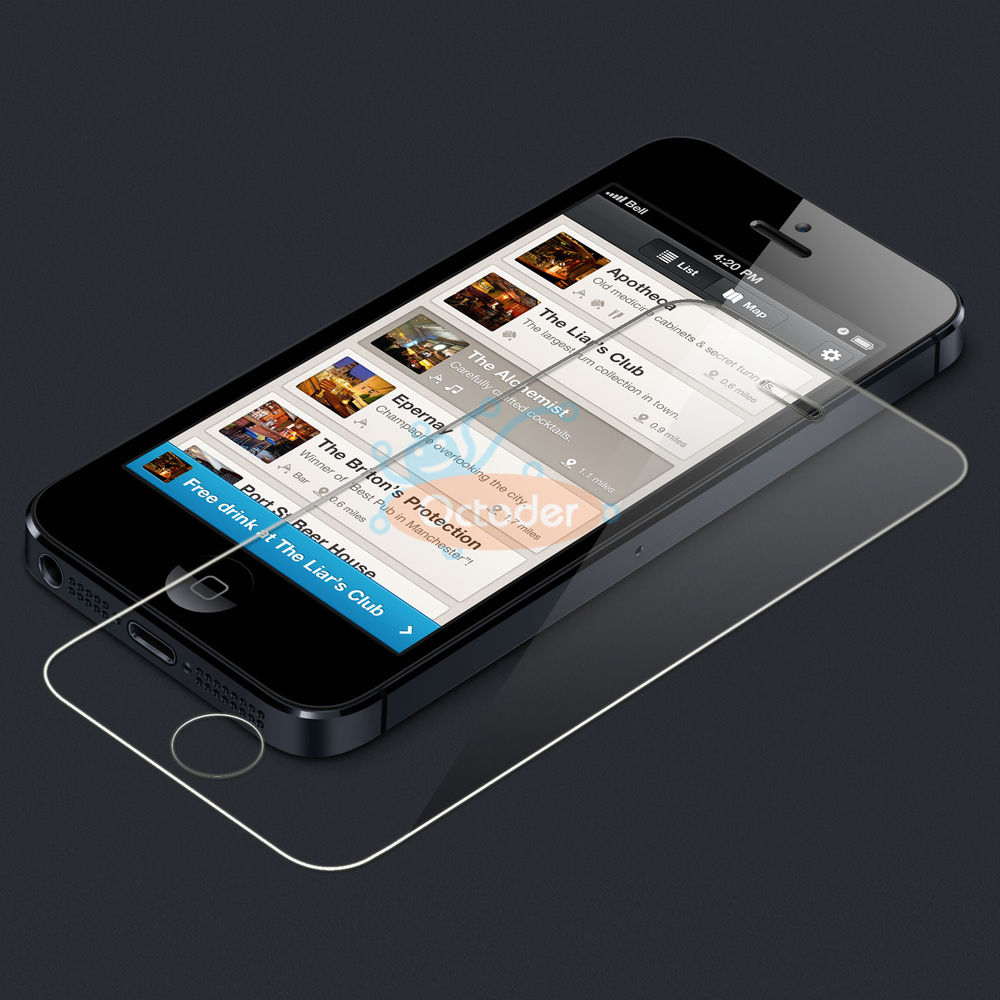
Material
Screen protectors come in a variety of materials — there are plastics like polyethylene terephthalate (PET) and thermoplastic polyurethane (TPU), as well as tempered glass (with some even boasting chemically strengthened glass, like Corning’s Gorilla Glass protectors).
The experts we consulted agreed that a quality tempered glass protector will be most effective at protecting your display compared to plastic protectors. Tempered glass is a stronger material because it can absorb the impact if your phone falls and “withstand higher levels of stress at its surfaces,” said Agnew.
Plastic screen protectors can be great for protecting from superficial scratches and similar imperfections, and “they’re cheap and readily replaceable,” said Agnew. Soft and flexible TPU material, for example, has self-healing properties that allow it to sustain low-impact and minor scratches without damaging its composition. Generally, though, plastic films aren’t stiff or strong, so they don’t offer as much protection from high-impact falls and scratches.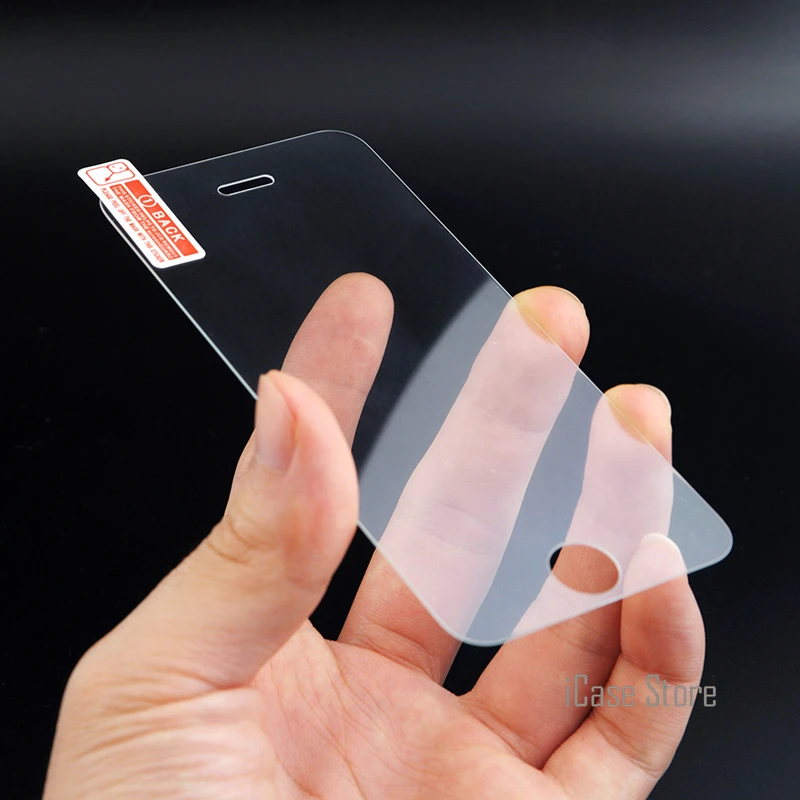
Comfort and feel
Since we interact with our phones via touch, the feel and comfort of using a screen protector is important to consider. Screen protectors can sometimes change the touchscreen’s sensitivity — certain smartphone models ask you to input whether or not you’re using a screen protector on the device to better calibrate sensitivity, said Zilberman.
Tempered glass is designed to have a smoother feel than other types of screen protectors and won’t affect touchscreen sensitivity, according to the experts we spoke to. Unlike a plastic protector, tempered glass can feel “identical to not having a screen protector at all,” said Shilo.
Display
Tempered glass mimics the original display and offers good clarity, whereas plastic screen protectors can create an unsightly glare and affect screen quality by adding a “murkier and grayer hue to your screen,” said Zilberman. Both plastic and tempered glass protectors can feature privacy and anti-glare filters to fit your preferences.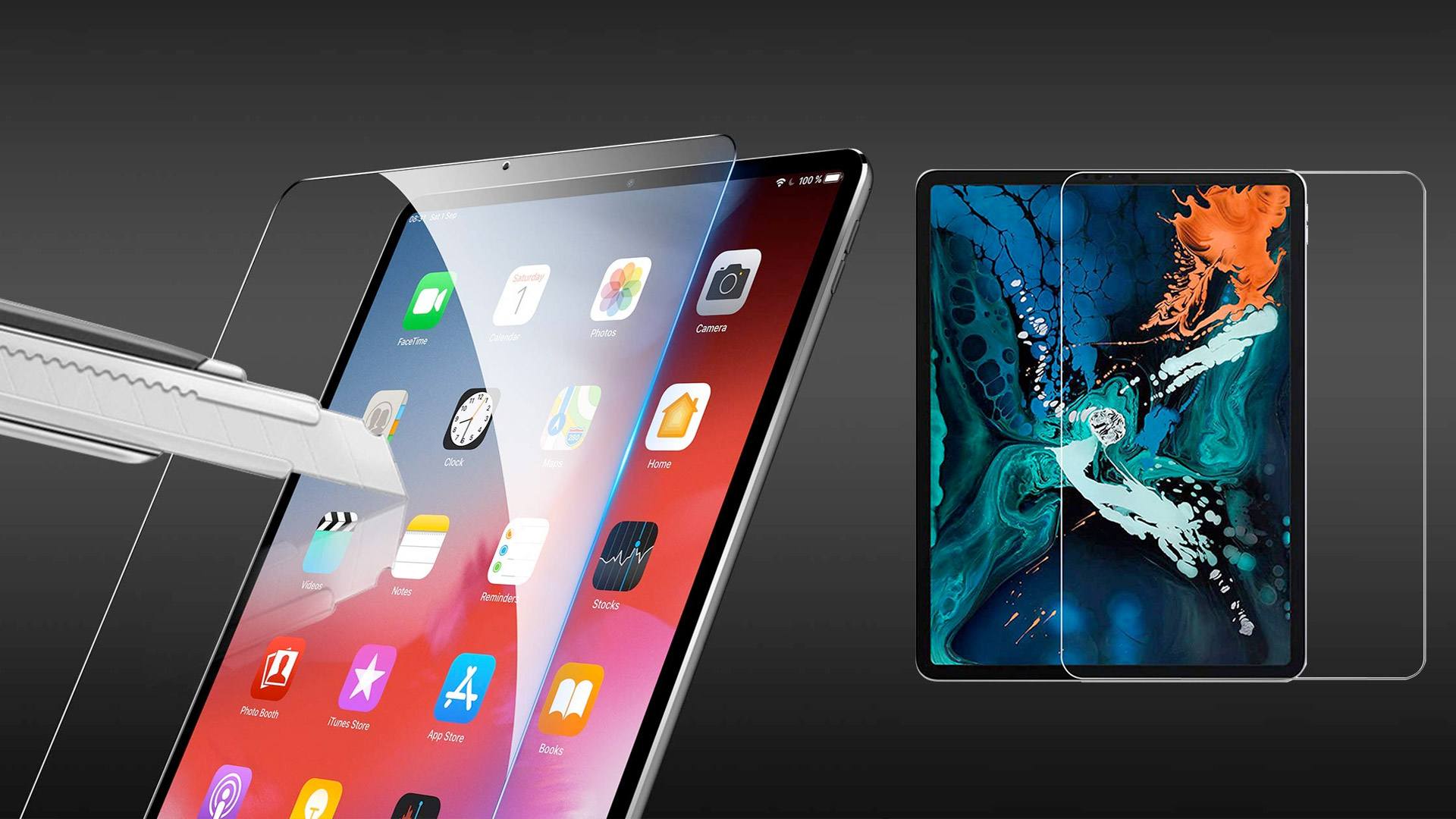
Ease of installation
Installing a screen protector can be difficult, especially when there’s a chance of misaligning the protector or having annoying air bubbles and specks of dust lodged underneath the film. Most screen protectors include a plastic installation tray that can go directly over your phone screen to align the protector, or one that holds your phone while you guide the screen on. Some protectors will come with “guide stickers” that show you where the screen protector will lie on your screen, but Shilo said he prefers the trays because they’re easier to line up and don’t require several attempts.
Compatibility
According to Frederick, there isn’t much variation in terms of how well a screen protector works from one smartphone brand to another. However, screen protectors do come in different shapes and sizes depending on your phone, so it’s always good to check its compatibility.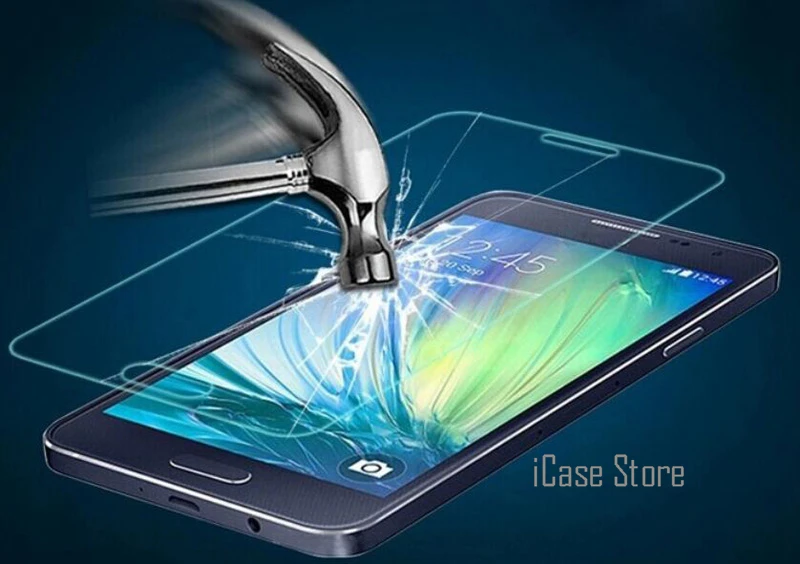
Catch up on Select’s in-depth coverage of personal finance, tech and tools, wellness and more, and follow us on Facebook, Instagram and Twitter to stay up to date.
What Kind of Screen Protector Should I Get for My Phone?
Having a big scratch on your phone is like having an itch in your brain you just can’t reach. Plus, it lowers the resale value of the device when you want to upgrade. A screen protector can keep the surface pristine, but buying one is more complicated than it should be. It’s also worth asking if modern phones even need one anymore.
Search for “screen protector” on Amazon, and you’ll likely be overwhelmed by the results(Opens in a new window). There are so many brands, types, and prices that it’s enough to make your head spin. Thankfully, screen protectors can generally be broken down into a few simple types, each with their own advantages and disadvantages.
Do I Really Need a Screen Protector?
Google Pixel 2
(Credit: Whitson Gordon)
The glass on your gadgets has gotten a lot more scratch-resistant since the days of the iPod.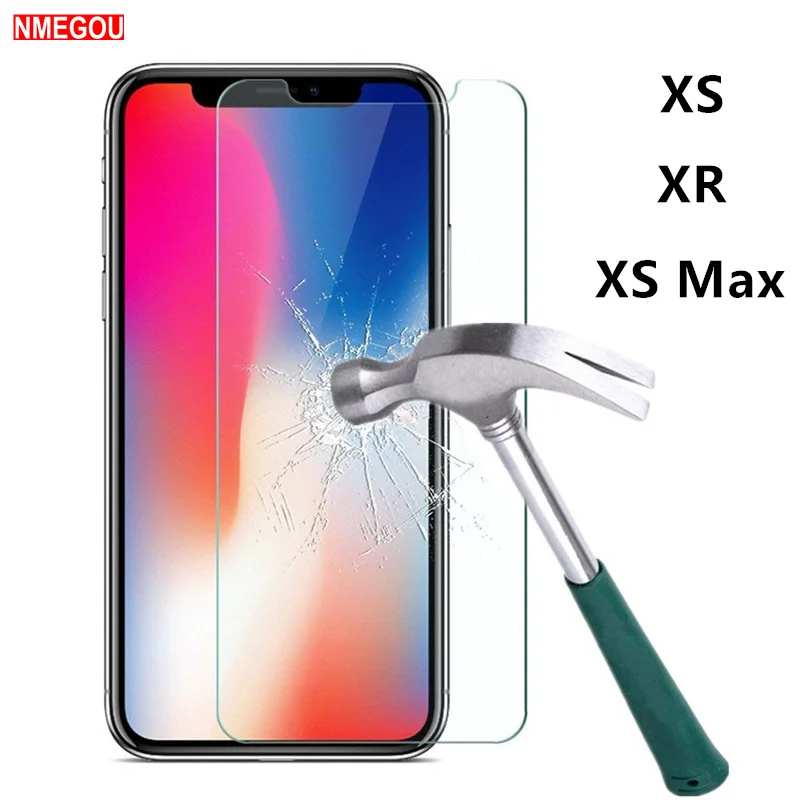
Take a look at my Google Pixel 2, for example. The scratches aren’t deep, but they’re definitely there. These scratches likely come from sand and other particles with hard minerals in them, like quartz and topaz. Any object harder than your screen will scratch it, and while Corning hasn’t officially released its glass’ Mohs hardness rating(Opens in a new window), most testers have found it to lie between a 6 and 7 (the highest value, 10, is as hard as diamonds).
So yes, your screen can still be scratched, and it’s probably the sand in your pocket or bag that’s causing it. Screen protectors are not perfect—even the best ones are usually between a 7 and 8 on the Mohs scale, which is slightly better than Gorilla Glass—but they allow you to pop your phone in your pocket without worrying.
Polyethylene Terephthalate (PET)
PET is a type of plastic usually found on things like water bottles and food containers. PET screen protectors provide the least amount of scratch- and impact-protection, but they’re super cheap, light, and thin, and as a result are less visible once applied to your phone.
They also have a decently smooth feel, unlike the more durable but rubbery TPU. PET is also a bit stiff, so it can’t go edge-to-edge on phones with curved screens. If you want to go with PET, I recommend Tech Armor(Opens in a new window).
Thermoplastic Polyurethane (TPU)
When you think of the screen protectors of old, you’re probably thinking of TPU. It’s a flexible plastic that’s a huge hassle to install (it involves using a spray solution and squeegeeing out lots of bubbles), doesn’t feel very smooth (thanks to its almost rubbery texture), and adds an “orange peel” type glare to your phone’s screen.
Still, it can go edge-to-edge on any phone, it has better impact protection than PET, and it has limited “self-healing” powers for small scratches. Brands like IQ Shield(Opens in a new window) offer TPU at very affordable prices, while Zagg’s InvisibleShield film(Opens in a new window) is a bit more expensive.
On the other hand, Zagg’s comes in a few different styles depending on the look, feel, and features you want. However, not all styles are available for all phones, and some phones don’t have TPU options at all. Both IQ Shield and Zagg come with replacement warranties as well, though Zagg’s is more all-encompassing, hence the higher cost.
Tempered Glass
These are the granddaddies of screen protectors. They don’t have the self-healing abilities of TPU, but they’re tougher in terms of scratch- and drop-protection, and these days they are pretty inexpensive.
Both amFilm(Opens in a new window) and Maxboost(Opens in a new window) offer affordable glass protectors that measure high on the Mohs hardness scale.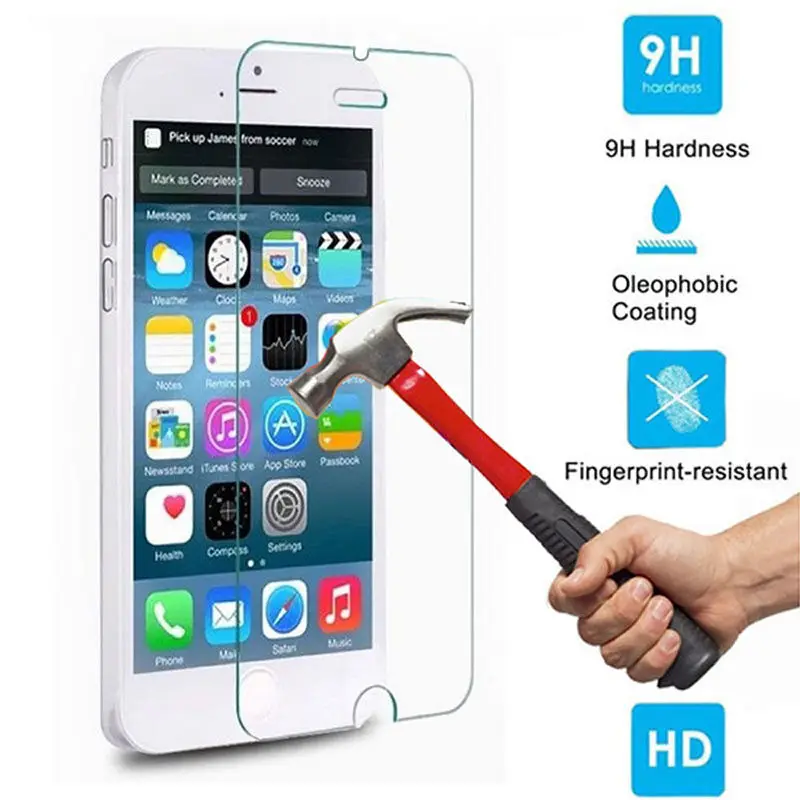
Nano Liquid
These days you’ll also find liquid screen protectors on the market, which claim you can protect your phone just by swabbing a solution on your phone and then buffing it off. These protectors come with a host of quirks that make it hard to recommend. While it may provide some level of extra protection, the layer is so thin that tough scratches can likely still easily get through to the actual screen(Opens in a new window), which defeats the purpose of a screen protector.
Furthermore, you can’t just take this off and swap it with another screen protector. Most products say it will just wear off over time (though there’s no visible way to tell when). That makes it hard to test because you can’t just scratch and peel the product off—it’s unclear whether you’d be scratching the protector or the screen underneath.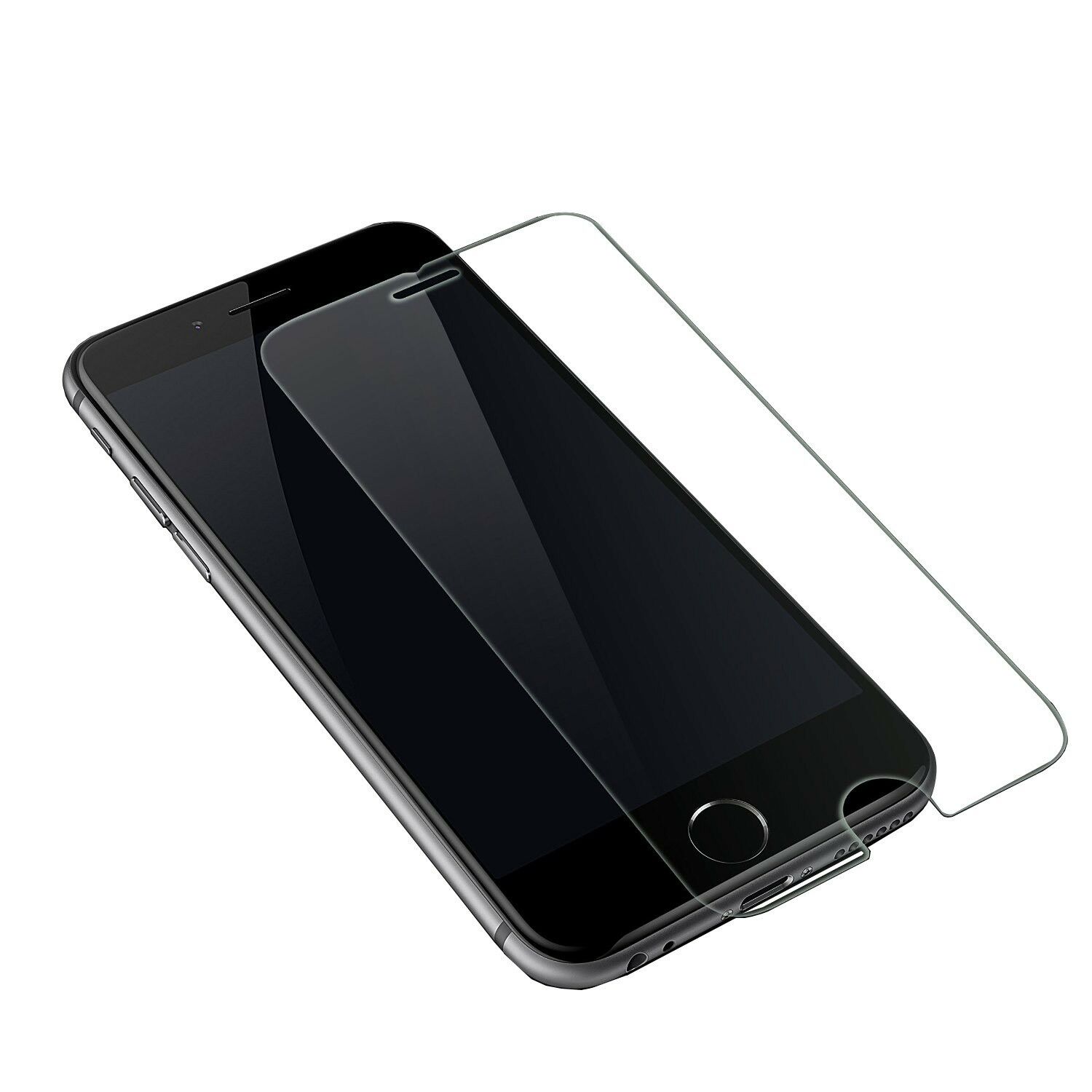
All Qmadix(Opens in a new window) protectors come with a warranty, which is probably where most of your money goes. But all told, I’d recommend skipping the liquid stuff.
So Which Screen Protector Is Best?
Don’t pay too much attention to the hardness rating that brands advertise—most use the ASTM hardness scale(Opens in a new window), in which the hardest pencil (9H) is softer than tempered glass, making it a useless indicator of protection. The Mohs scale—which does not use an “H”—is much more useful, though it doesn’t sound as good on the box. If you’re unsure about the hardness of a specific brand, search around to see if anyone has tested it themselves with a Mohs kit.
In my opinion, most people are probably best off with a tempered glass protector. They have the smoothest feel, prevent the most damage, and are available at pretty decent prices. If you’re really finicky about looks, you may like PET or TPU better (since they aren’t as visible once applied to your phone), especially since films like TPU can provide self-healing, edge-to-edge protection on phones with curved screens.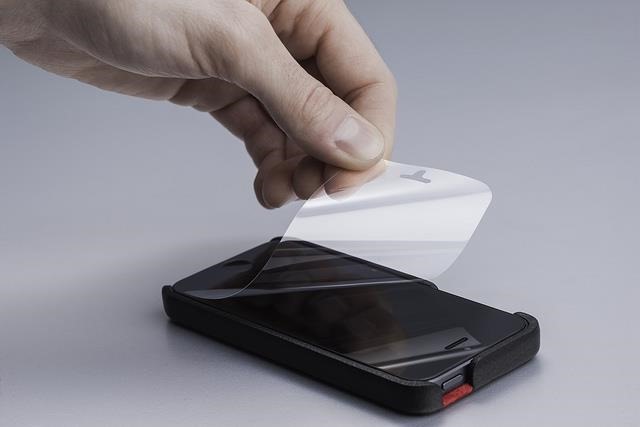
I’d avoid the liquid protection unless you know you aren’t going to use any of the others anyway, and want the warranty that Qmadix provides.
If You Want Impact Protection, Get a Case
(Credit: René Ramos)
That said, screen protection is just one piece of the puzzle. These films will help you avoid scratches and provide some impact protection, but if you’re worried about dropping your phone, get a case.
A screen protector will not protect the back of your phone, the edges, or even the corners of the screen. A good case (especially one with a “lip” over the screen) will do more for drops than any screen protector, so unless you feel lucky—or have a good insurance plan—get a case along with whatever screen protection you decide on.
I recommend the OtterBox Symmetry Series(Opens in a new window) case, but we have more options for this year’s flagship phones, including the iPhone 14, iPhone 14 Plus, iPhone 14 Pro, iPhone 14 Pro Max, iPhone SE, Samsung Galaxy S22, S22+, and S22 Ultra.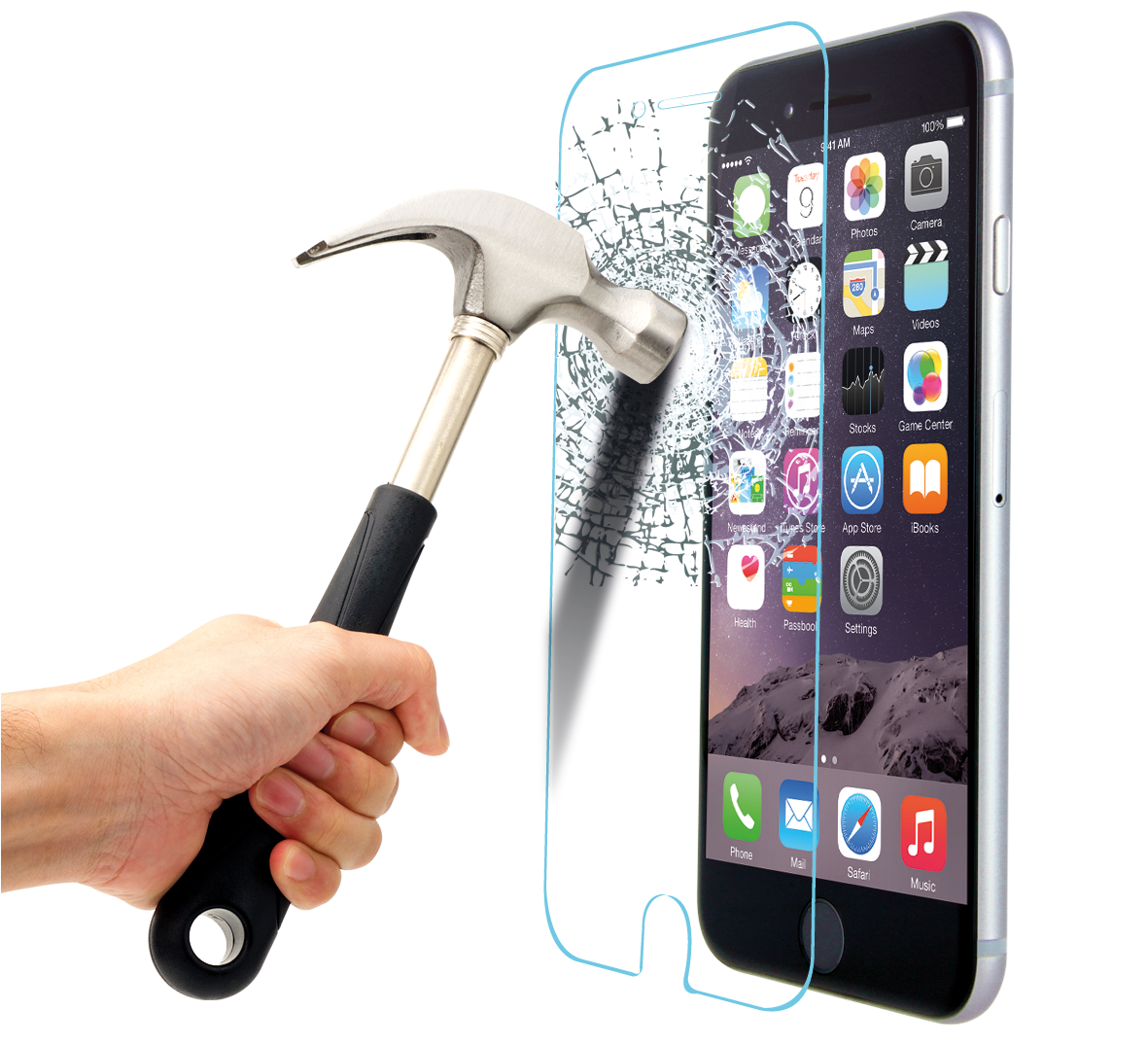
How to Save Battery Life on Your iPhone
Like What You’re Reading?
Sign up for Fully Mobilized newsletter to get our top mobile tech stories delivered right to your inbox.
This newsletter may contain advertising, deals, or affiliate links. Subscribing to a newsletter indicates your consent to our Terms of Use and Privacy Policy. You may unsubscribe from the newsletters at any time.
Thanks for signing up!
Your subscription has been confirmed. Keep an eye on your inbox!
Sign up for other newsletters
what to choose for a smartphone in 2022?
07/12/2022
Finding a modern person without a phone is now very problematic. Moreover, every year the technology of designing these gadgets is only improving. The devices themselves are becoming more expensive, prices for repairs are also rising. That is why people are more actively looking for ways to protect the integrity of the device and are interested in how to select and stick protective glasses.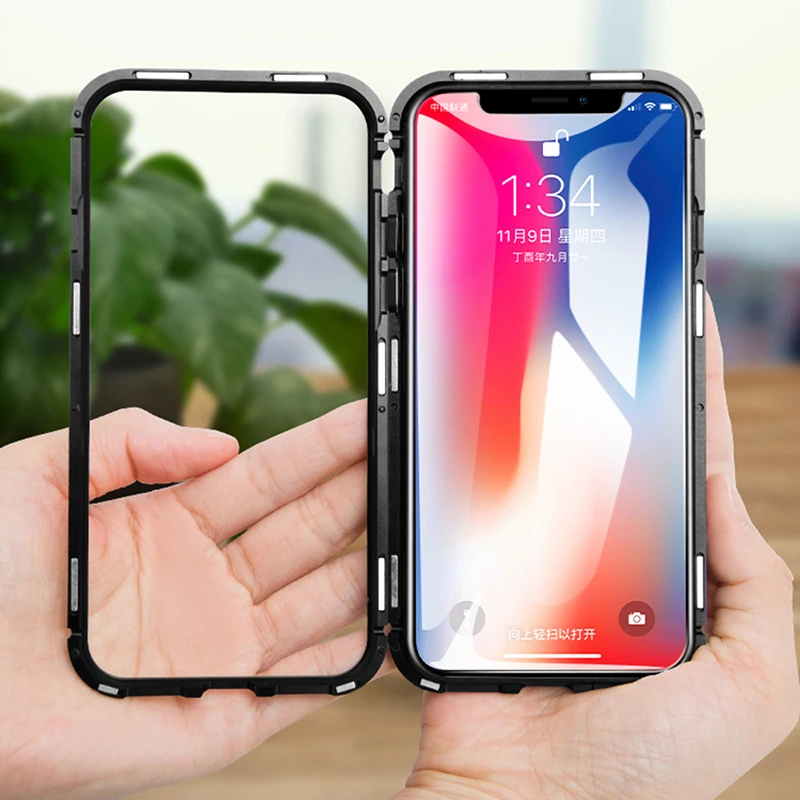
Screen protectors
Despite the advent of Gorilla Glass technology, which makes it possible to produce durable glasses for smartphone screens, most smartphone users still purchase additional accessories. There are 3 types of phone screen protector:
- film;
- glass;
- liquid coating.
Each of the types has subspecies that differ in functionality, thickness and other characteristics. Let’s talk about all this in more detail.
Display protection film: types, benefits, uses
Modern protective films have a wide range of prices. This is due to the fact that these coverages are different, and they perform a different set of tasks. The general view of the coatings is as follows:
- anti-scratch top coat;
- second for absorbing ultraviolet light coming from the phone;
- third (lower) silicone for easy gluing.
Protective films at competitive prices are presented on the site. All of them are made of durable, wear-resistant polymer. They will reliably protect your phone from chips, screen scuffs and scratches.
The advantage of the coating is invisibility. It is almost invisible on the screen. Many manufacturers supply their gadgets with similar stickers, but you can buy an additional protective film, which can be used to replace the already worn one.
There are 3 main types of films:
- Glossy. They have a characteristic luster and practically do not change the color rendering of the screen. Minus – the visibility of the image in the sun is reduced.
- Matte. Users are more willing to buy matte protective films, because with them the picture is equally visible both in low and in too bright light. In addition, no fingerprints remain on such surfaces. Minus – the picture seems grainy.
- Mirrored. In terms of parameters, they are similar to the first view, but when you turn off the phone, you can use it as a mirror.
With all due respect to the films listed above, they can no longer be called modern. Today you can buy a hydrogel film that has the ability to self-heal. Minor scratches disappear after a while, and the film looks like new. She has other advantages:
- durability;
- prevents fingerprints;
- does not distort color;
- does not interfere with the touch response from the screen;
- easily fits any display.
If you wish, you can find a hydrogel film on your phone with an antiblue effect, which will reduce the level of harmful radiation from the screen.
Safety glasses: how to choose the perfect one
The second type of display protection is glass. It is harder and thicker than the film, and therefore provides more reliable protection. The screen will not be damaged by moisture, bumps and drops. Good glasses have an oleophobic coating, be sure to specify this detail when buying protection.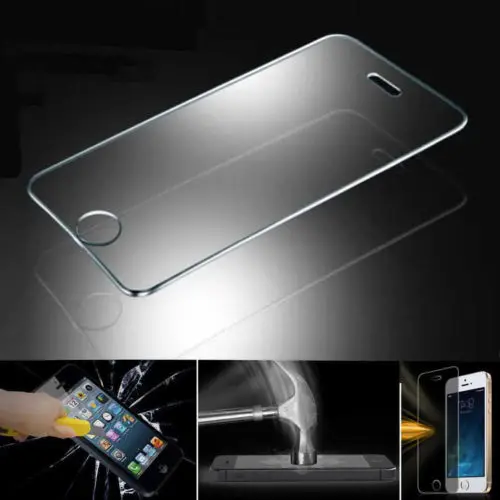
There are also anti-reflective and strengthening layers. The task of the first is clear from the name, and the second is necessary so that in the event of breaking the glass does not shatter into fragments.
The bottom layer of glass is sticky to stick to the screen.
You can buy protective glass at a bargain price on the website. Products differ in the following parameters:
- Coating hardness. The most durable glass has a parameter of 9H. It is the most scratch resistant.
- Sizing. It can be Full Glue and No Full Glue. Glasses with the first gluing option are applied on all surfaces without bubbles. The second option has an adhesive layer only at the edges.
- Oleophobic coating (you can buy it separately, by the way). It has already been discussed above. The better the coating, the less marks and the better the glide.
If you want to buy a protective glass for your phone, choose a branded one. So there is a higher chance of matching dimensions and fewer questions about the quality of the product.
Liquid coatings: magical screen protectors
Among the products created to protect the screen of a smartphone, one can often find liquid coatings. These are special solutions that contain silicate glue, synthetic wax and other components. The liquid is applied to the surface and fills in scratches and minor flaws. This does not protect the display, but the appearance significantly improves. The oleophobic coating is also restored. A universal version of liquid glass can be found here.
Profitable to buy in the online store Wishmaster.me
Wishmaster.me store offers a wide range of quality phone screen protectors. There are dozens of products in the catalog at competitive prices. We work in Moscow, St. Petersburg, as well as in the cities of the Leningrad and Moscow regions.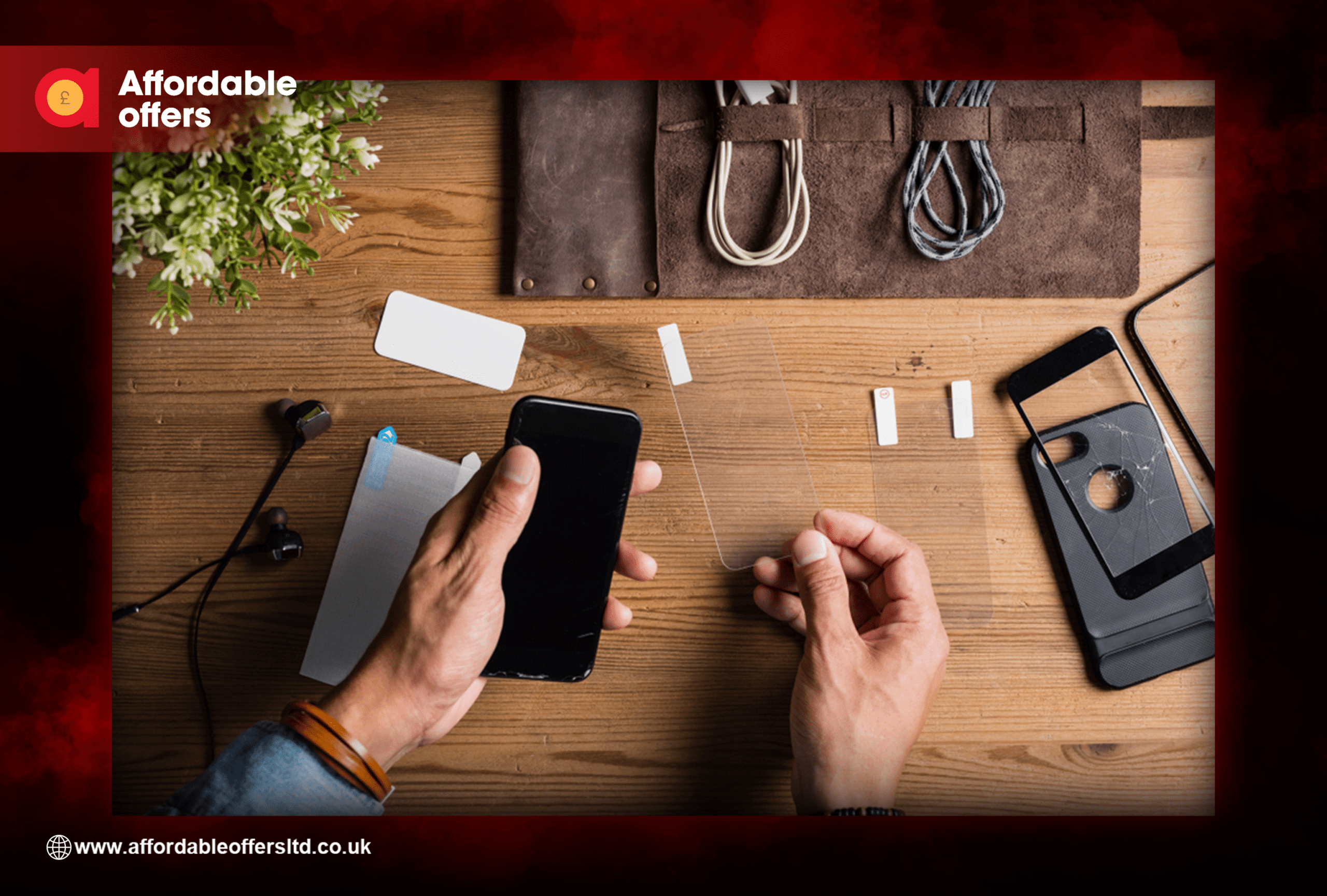
Named the best smartphone screen protector0001
Named the best smartphone screen protector – Gazeta.Ru | News
close
100%
Russians should buy protective glasses with a sapphire layer instead of plastic for the best protection of the smartphone screen, Mikhail Gagloev, editor of the Gadgets and PC directions of Citilink Journal, told Gazeta.Ru.
“There are models of glasses with a sapphire layer, which, in terms of resistance to external influences, turn out to be even better than the glass of the smartphone itself. In addition, the glass better protects the display from bumps and falls, because. much thicker film: 0.3-0.5 mm versus 0.1 mm,” the specialist noted.
According to Gagloev, the plastic film collects scratches noticeably faster due to the fact that tempered glass has a higher hardness.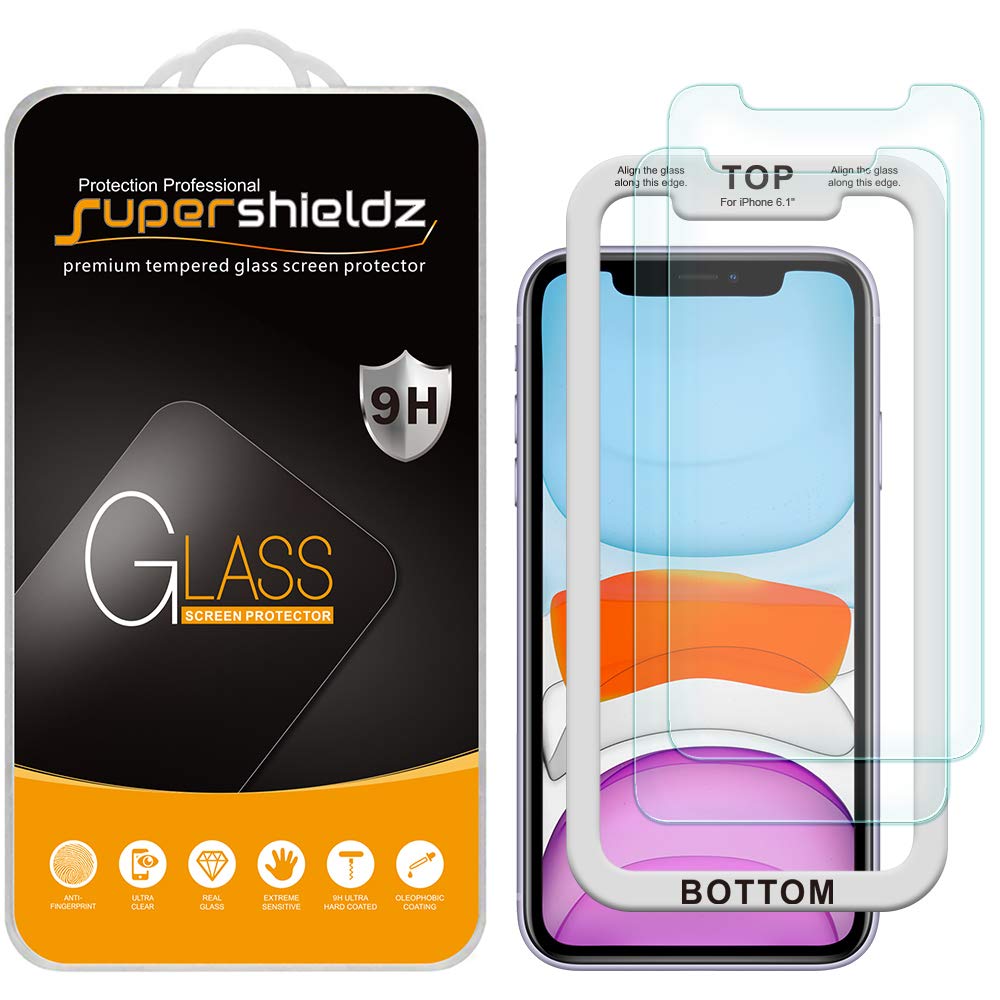
“The film will in any case be made of plastic. The protective glass may also turn out to be plastic, but models made of tempered glass are on sale, ”the speaker added.
The expert explained that among plastic films there are interesting varieties, such as mirror films – when the screen is off, a smartphone can be used as a mirror.
“There are anti-spyware protective films that greatly reduce the viewing angle of the screen, and the information on it is visible only if you look directly perpendicular,” Gagloev added.
He noticed that the tactile protective glass is closer to the one installed on the smartphone itself, unlike the film. “If you often drop your smartphone or there is a high risk of hitting it, it is better to choose glass. If the main task is to keep the native glass of the smartphone from micro-scratches, then the film will do just fine, ”concluded the specialist.
Previously, Gazeta.Ru wrote about how to extend the life of your smartphone in the current situation, when many intend to continue using the already purchased device.

